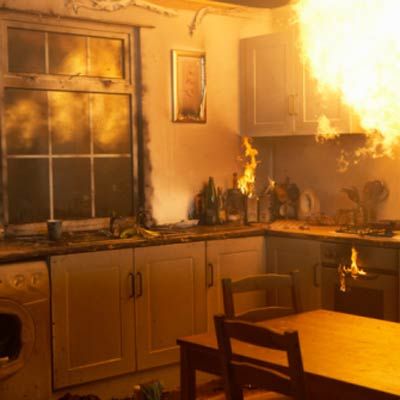
There aren’t many tragedies as destructive or debilitating as a house fire. In a matter of minutes, everything you own could be up in flames. While most people know not to leave candles burning unattended or overload electrical outlets, homeowners still neglect plenty of fire hazards.
To help you protect your home, belongings, and loved ones from house fires, use the tips below to find and fix the fire hazards in your house.
How Common Are House Fires?
House fires may not seem that common on a local level, but residential fires happen more often than you may think. According to a 2022 U.S. Fire Administration (USFA) study, there are an average of 374,300 residential fires per year. Many of these fires start from everyday activities like cooking and using electricity. Since nearly every homeowner is susceptible to these fires, everyone should take precautions.
Common Hidden Fire Hazards in Your Home
Hidden fire dangers lurk in many areas of our homes, often in places we least expect. By understanding these common dangers, you can proactively protect your household.
Electrical Wiring Issues
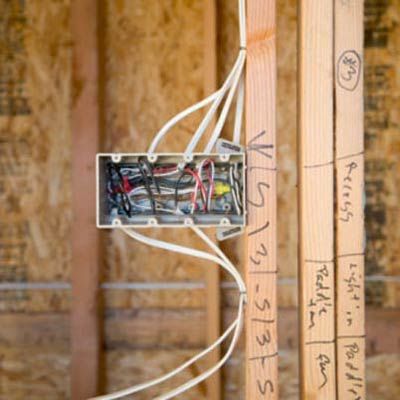
According to The Electrical Safety Foundation, electrical fires account for roughly 51,000 home blazes annually. Despite their potential danger, many homeowners overlook wiring as a fire hazard because it’s hidden behind walls. As the old saying goes, “Out of sight, out of mind.” However, wiring issues are a serious fire threat, and homeowners should deal with them immediately.
To mitigate this danger, consider replacing standard circuit breakers with arc-fault circuit interrupters (AFCIs). These devices detect dangerous electrical arcs—abnormal sparks that indicate faulty insulation or loose connections—and stop them before they can start a fire.
Kitchen Clutter and Cooking Risks
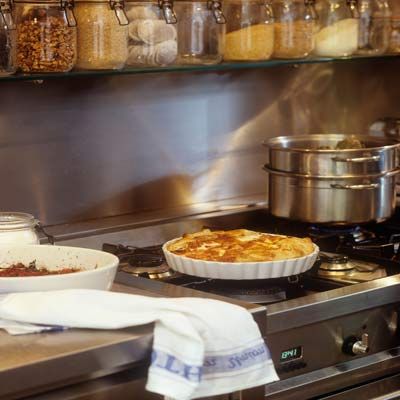
According to the National Fire Prevention Administration, cooking is the leading cause of all house fires, making it the main area for fire prevention. Common household items like paper towels, pot holders, and recipe cards near the stovetop can quickly ignite if not adequately managed.
Take these steps to reduce kitchen fire risks:
- Maintain a 3-foot buffer zone between combustible materials and burners
- Never leave cooking unattended
- Keep a fire extinguisher easily accessible in the kitchen
- Clean grease buildup from stovetops and ovens regularly
- Avoid wearing loose-fitting clothing while cooking
Dryer Lint Accumulation
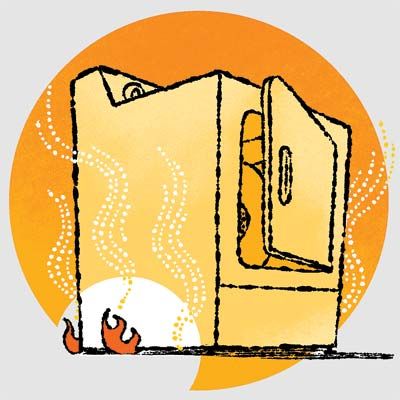
While the dryer may seem an unlikely fire source, it isn’t without risks. Even if you clean out your dryer’s lint tray after each use, lint can still build up inside the dryer cabinet, which holds the heating element.
We recommend taking the following actions to minimize the likelihood of a dryer fire:
- Clean the lint tray before and after each use
- Regularly check and clean the dryer vent and ductwork
- Hire a professional to clean the dryer cabinet every two years
- Make sure you have proper ventilation for your dryer
- Never run the dryer while you’re sleeping or away from home
Sawdust and Workshop Hazards
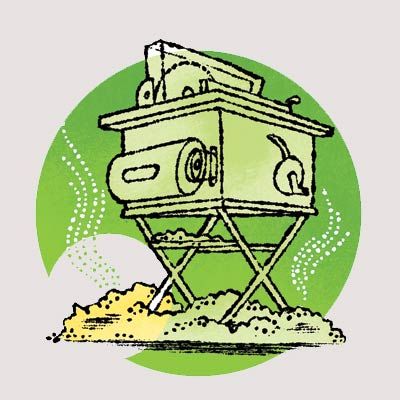
Sawdust, a dense, dry material that is highly combustible, can pose a big fire risk for homeowners with workshops.
To manage sawdust-related fire risks, do the following:
- Implement a proper dust-collection system
- Regularly vacuum surfaces
- Avoid using compressed air to blow sawdust off surfaces
- Make sure your workshop has adequate ventilation
- Store flammable materials away from potential ignition sources
Loose Electrical Outlets
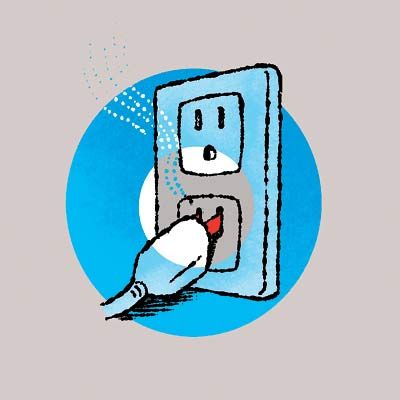
Over time, the blades inside electrical outlets can loosen, causing plugs to fit less snugly. While a loose outlet may seem minor, it can quickly generate excess heat, leading to fires.
The following steps will help you address this issue:
- Replace outlets as soon as you notice plugs don’t fit snugly
- Have a licensed electrician inspect your home’s wiring periodically
- Use outlet covers to prevent dust buildup and protect against accidental contact
- Avoid overloading outlets with multiple high-wattage devices
- Consider installing tamper-resistant receptacles, especially if you have young children
Vintage Appliances and Outdated Equipment
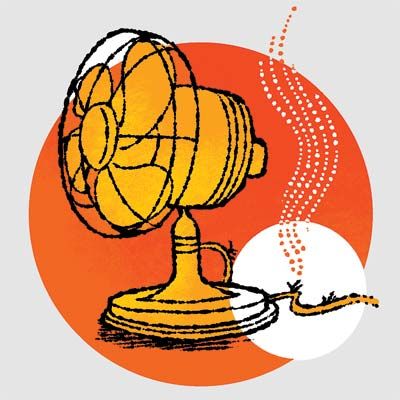
While vintage appliances may add to your home’s aesthetic, they can also be fire hazards. Old-fashioned electronics abide by outdated safety codes and may have frayed or damaged wires.
Here’s how to use antique appliances safely:
- Have antique electrical items professionally rewired
- Regularly inspect older appliances for signs of wear or damage
- Avoid using extension cords with vintage appliances
- Never leave vintage electrical items unattended while in use
The Most Vulnerable Areas of Your House for Fire Hazards
Certain areas of your property are more susceptible to fires than others, including attics and crawl spaces, garages, and storage sheds. Below, we’ll discuss fire mitigation methods for each space.
Attic and Crawl Space Risks
Attics and crawl spaces often house electrical wiring, insulation, and other flammable materials. These areas are also prone to rodent infestations, and since rodents often chew wires, they have an increased fire risk.
Here’s how to protect these vulnerable areas:
- Regularly inspect attics and crawl spaces for signs of pests or damaged wiring
- Ensure proper ventilation to prevent moisture buildup
- Store flammable materials away from these areas
- Consider installing fire-resistant insulation
- Keep attics and crawl spaces clean and free of clutter that may catch fire
Garage and Storage Area Dangers
Garages and storage areas often contain flammable liquids, electrical equipment, and combustible materials, which can create a perfect environment for fire hazards.
To minimize risks in these areas, take these steps:
- Store flammable liquids in approved containers away from heat sources
- Keep oily rags in sealed metal containers
- Avoid storing propane tanks indoors
- Maintain clear access to electrical panels
- Install a heat detector in your garage, as smoke detectors may be prone to false alarms in this environment
Regular Home Inspections for Fire Hazards
Conducting regular home inspections can help you identify potential fire hazards before they become serious problems. Create a checklist and perform thorough inspections at least twice a year.
We recommend inspecting the following areas:
- Electrical systems and outlets
- Heating and cooling equipment
- Kitchen appliances and ventilation systems
- Fireplaces and chimneys
- Dryer vents and lint traps
When in doubt, refer to the USFA’s fire safety checklist. These basic tips can make a huge difference in preventing household fires.
